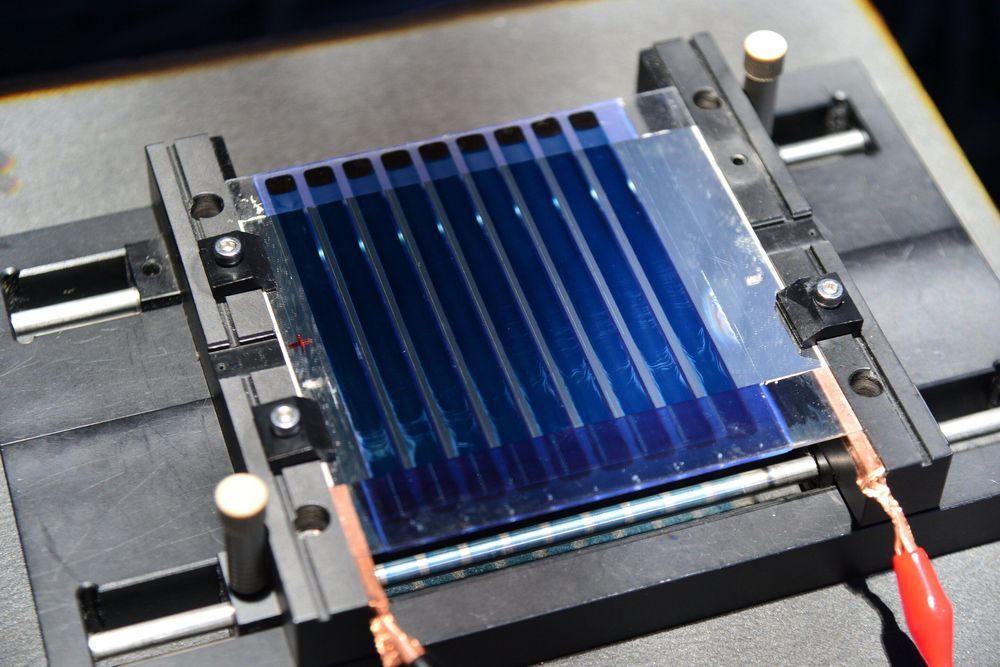Researchers in Korea have successfully developed a large-area, organic-solution-processable solar cell with high efficiency. They achieved their breakthrough by controlling the speed at which the solution of raw materials for solar cells became solidified after being coated. The team, led by Dr. Hae Jung Son from the Photo-electronic Hybrids Research Center of the Korea Institute of Science and Technology (KIST), have identified the difference in the mechanism of film formation between a small area and a large area of organic solar cells in a solution process, thereby making possible the development of high-efficiency, large-area organic photovoltaics.
If a photovoltaic material is made in the form of paint that can be applied to any surface, such as the exterior of a building or a car, it will be possible to achieve energy self-sufficiency and provide low-cost, eco-friendly energy to regions suffering from energy poverty. Such technology would provide easy installation of photovoltaics, even on urban buildings, and the photovoltaic panels could be maintained by re-applying the “paint.”
Solution-processable solar cells, which work by coating the surface with the solar cell solution, are not yet feasible for industry. Currently, such large-area photovoltaics present reduced performance and production difficulties due to material- and process-related limitations, and this has been an obstacle to commercialization.
